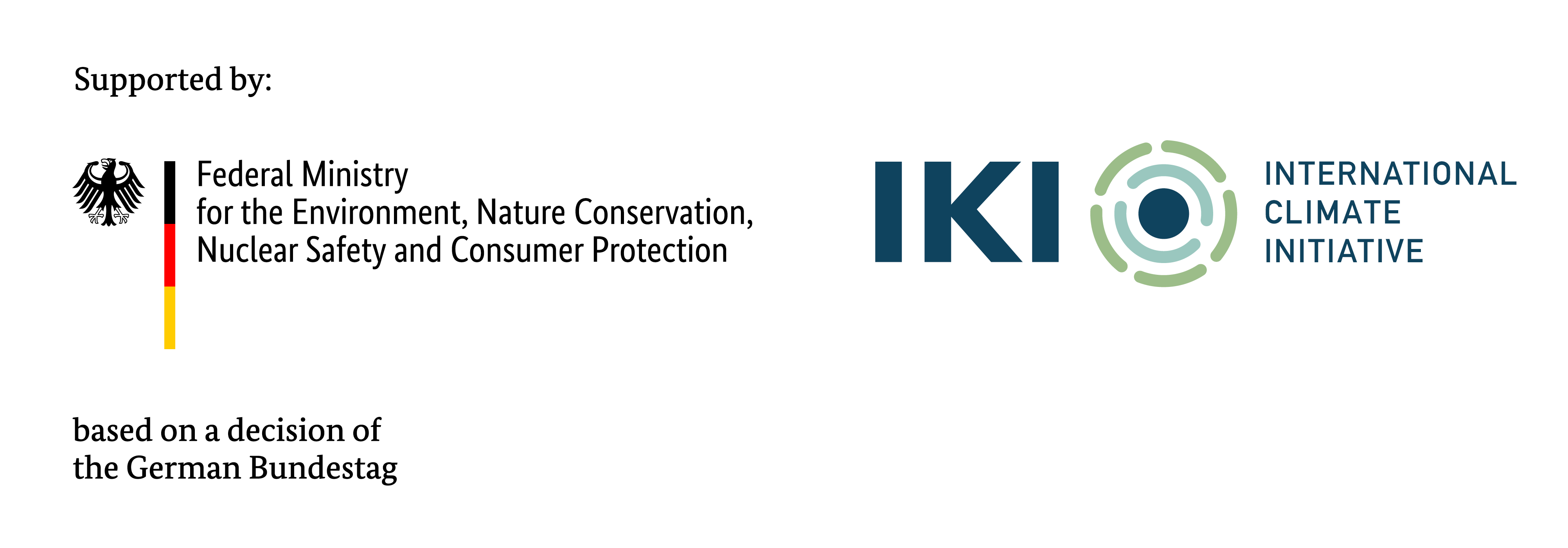
Addressing Climate Change Through Integrated Responses: Linking adaptation and mitigation
This policy brief aims to increase the conceptual understanding, awareness, and knowledge of joint adaptation and mitigation actions and provide the rationale for fostering integrated actions that could create long-term impacts. It unpacks how to assess synergies and trade-offs as part of a coherent planning and implementation process and identifies concrete steps to advance and strengthen integrated climate strategies.
-
Approaches focusing on mitigation or adaptation in siloes may produce negative trade-offs that undermine the overall progress of climate action.
-
Achieving synergistic and integrated climate action requires effectively linking mitigation and adaptation.
-
Exploring synergies and assessing trade-offs are crucial for increasing the coherence and effectiveness of integrated climate actions.
Sustainable development, climate change adaptation, and mitigation are inextricably interconnected, with potential for conflicts and trade-offs, as well as synergies and co-benefits. Countries have established national policy processes aimed at addressing these complex issues. Inherently, these policies and strategies often have interconnected objectives and common themes, which creates a foundation for alignment and joint activities to provide common solutions to these challenges.
Exploring opportunities for synergistic and joint mitigation–adaptation actions could create long-term impacts and broad political support. To achieve holistic actions, a coherent and coordinated approach is crucial for exploring the synergies and trade-offs between mitigation and adaptation and realizing integrated solutions.
This policy brief aims to build on a series of recent peer learning events focused on addressing climate change through integrated responses by linking adaptation and mitigation at the planning and implementation stages. It seeks to increase the conceptual understanding, awareness, and knowledge of joint adaptation and mitigation actions and provide the rationale for fostering integrated climate actions. It also unpacks how to assess synergies and trade-offs as part of a coherent planning and implementation process and identifies concrete steps to advance and strengthen integrated climate strategies.
Participating experts
You might also be interested in
Building Resilience With Nature: Ecosystem-based Adaptation in National Adaptation Plan Processes
This analysis provides a better understanding of the extent to which EbA, as a tool for adaptation, can be integrated into NAP processes.
North American Climate and Energy Policy—The Case for Better Coherence
Canada is at a crossroads. A newly elected government has committed to do more than its predecessor to address climate change.
COP 29 Outcome Moves Needle on Finance
In the last hours of negotiations, concerted pressure from the most vulnerable developing countries resulted in an improved outcome on the finance target, with a decision to set a goal of at least USD 300 billion per year by 2035 for developing countries to advance their climate action.
Tree Planting for Climate Resilience in Freetown, Sierra Leone
This assessment presents the economic valuation of tree planting efforts in Freetown, Sierra Leone, including planting costs, added benefits, and avoided costs.

